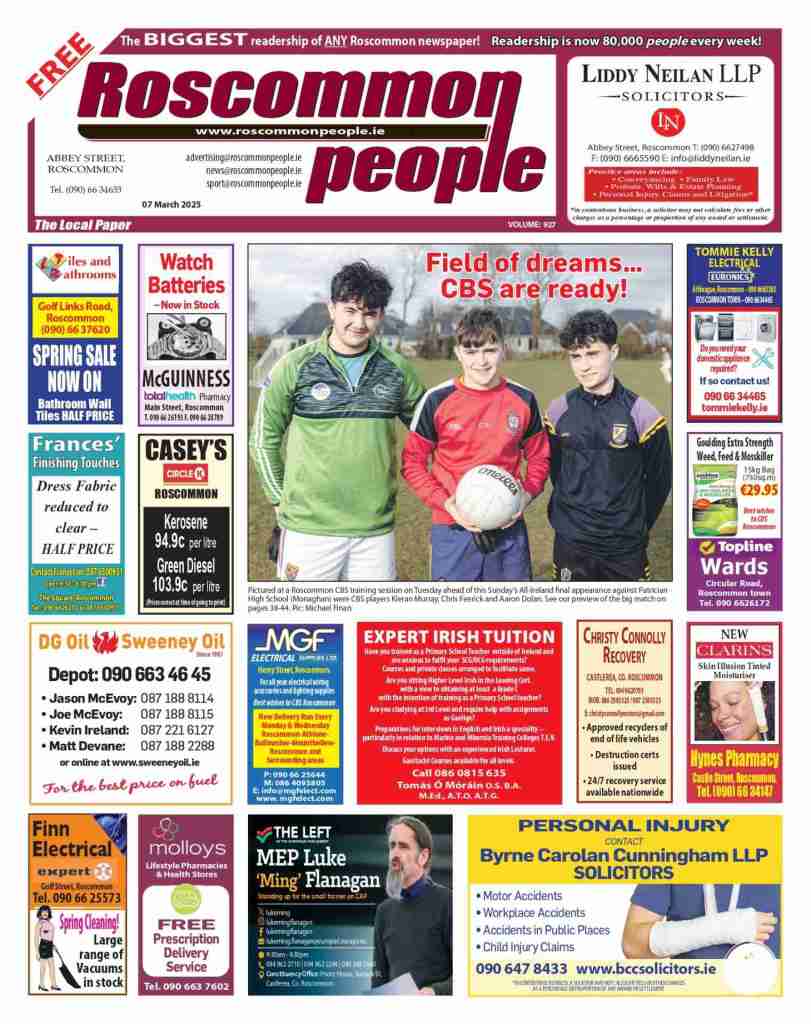Since last Friday, February 7th, the speed limit on rural, local roads has changed from 80 km/h to 60 km/h. These roads are designated with an ‘L’ followed by a number or do not have a number. The move has seen public opinion divided, with proponents of increased road safety measures welcoming the move and others saying it is an unnecessary step.
Welcoming the change, Minister for Transport Darragh O’Brien said: “This speed limit reduction will save lives because driving slower saves lives.”
He continued: “Driving at a lower speed means that if you get into a collision, either as a driver or a vulnerable road user, death or serious injury is a significantly less likely outcome. It also means you are less likely to be involved in a collision at all.”
Whilst the general consensus among most in the public sphere is that the move is a necessary one for road safety reasons, critics of the move have taken to social media to express their displeasure.
One user on X.com (formerly Twitter), @Jordan_W_Taylor, said: “I don’t usually post politics, but…This month the Irish government starts reducing speed limits by 20kph across local & regional roads, to the limp-hand clapping of people who enjoy having their time stolen.”
Another member of the public in Galway told RTÉ News last Friday that she was not in favour of the move as her experience with speed limits was that there was a lot of “hopping back and forth” and that you could be “80 one second and 60 the other” arguing that speed limits should be left as they are and that drivers should be “trusted to take care on the road.”
Acting Director of Services with Roscommon County Council Greg O’Donnell said the local authority has been engaging with the Department in recent months in anticipation of these new changes: “In a rural county like Roscommon, we have a considerable local road network.”
He continued: “These new measures will improve road safety, not only for motorists, but particularly residents and other road users using these roads.
“These new speed limits will reduce incidents and the severity of road traffic accidents and inform drivers of the importance of driving at a speed that is consistent not only with prevailing road conditions, but with the status of that road. As a local authority, we welcome these changes.”
Reducing speed limits is part of the Government’s Road Safety Strategy and is one of a range of measures intended to reduce fatalities and protect all road users. Local authorities have received grant funding from the Department of Transport to purchase and install poles and signs to display the new speed limit on the relevant roads.
The ‘rural speed limit sign’, which is used as an alternative to numeric speed limit signs on specific single-lane rural roads, now means that a maximum 60 km/h limit is in force.
The Department of Transport has been working closely with An Garda Síochána and stakeholders to ensure the 60 km/h limit will be enforced.






